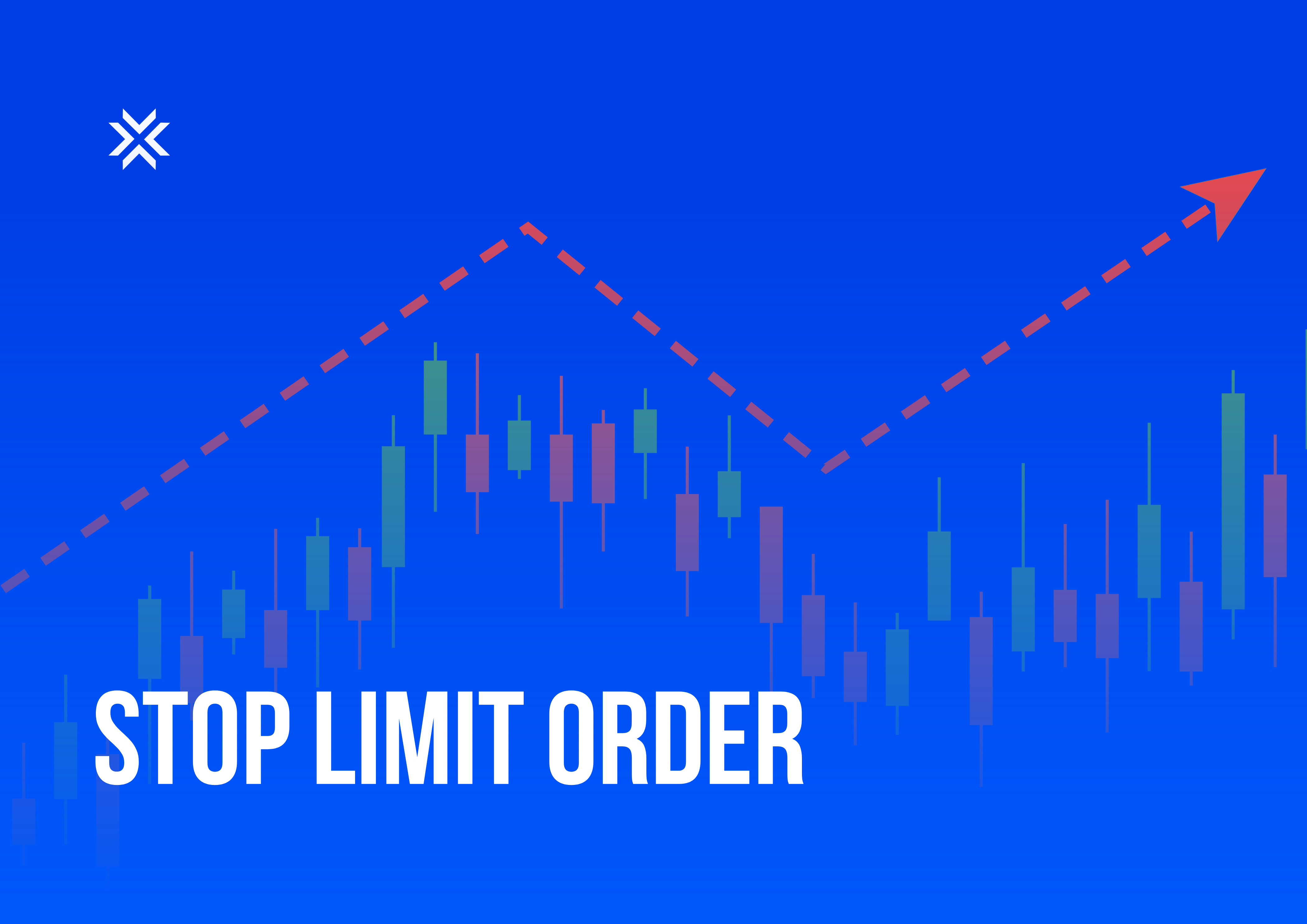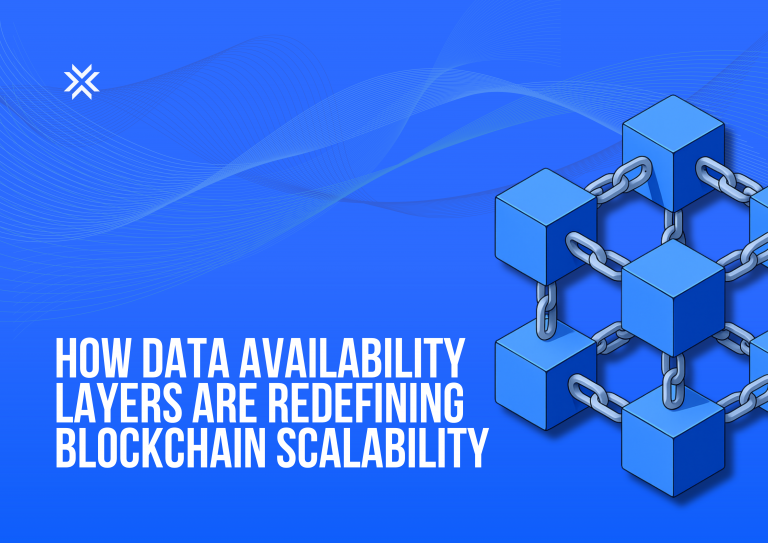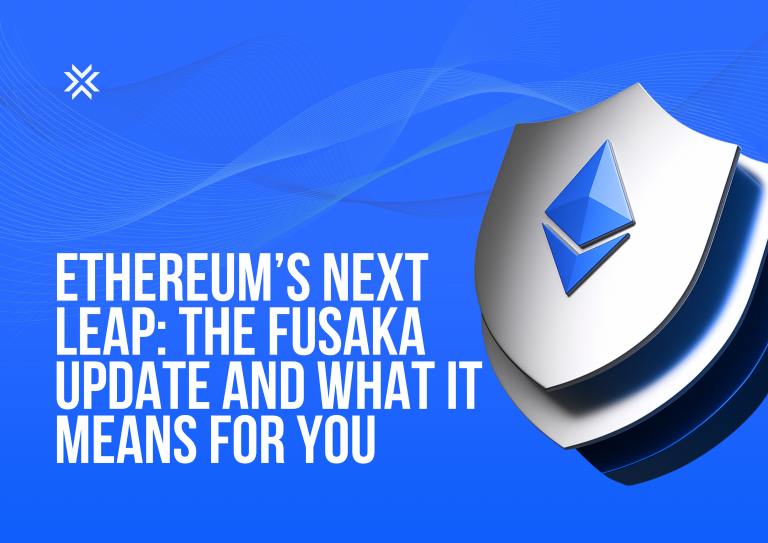Trading in financial markets requires not only strategic planning but also the use of advanced order types that allow traders to manage their positions with precision. One such order type is the stop-limit order, which combines the features of stop orders and limit orders. While it might sound complex to beginners, this type of order can be a powerful tool for managing risk and executing trades at desired price levels.
In this blog, we’ll dive deep into what a stop-limit order is, how it works, why traders use it, and the pros and cons of this order type.
Understanding the Basics of Orders
Before explaining a stop-limit order, it’s important to understand the two fundamental order types that form its basis: the stop order and the limit order.
Stop Order
A stop order, also called a stop-loss order, is designed to trigger a market order once a certain price known as the stop price is reached. For example, if you hold a cryptocurrency trading at $100 and want to prevent excessive losses, you can place a stop order at $95. Once the price drops to $95, a market order will automatically execute, selling your asset at the best available price.
Limit Order
A limit order sets a maximum or minimum price at which you are willing to buy or sell an asset. For instance, if a token is trading at $100 and you place a sell limit order at $105, your order will only execute when the price reaches $105 or higher. Unlike market orders, limit orders do not guarantee execution but ensure that you don’t sell below or buy above your set price.
The stop-limit order is a hybrid of these two.
What is a Stop-Limit Order?
A stop-limit order is an advanced order type that combines the functionalities of stop and limit orders. It allows you to define two price points:
- Stop Price: The price at which the order is activated.
- Limit Price: The price at which the order will be executed once the stop price is reached.
Essentially, when the stop price is reached, the order turns into a limit order rather than a market order, ensuring that you get your desired price or better.
How Does a Stop-Limit Order Work?
Let’s break it down with a simple example:
- Current Price of Asset: $100
- Stop Price: $95
- Limit Price: $94
In this case, when the price drops to $95, your stop-limit order is triggered. However, instead of selling at the next available market price (which could be lower due to volatility), your order will only sell at $94 or better. If the price drops too fast and skips $94, your order will remain open and unexecuted.
Why Use a Stop-Limit Order?
Traders often use stop-limit orders for greater control over their trades, especially in volatile markets like cryptocurrency. Here’s why they’re beneficial:
- Risk Management: Stop-limit orders can help minimize losses by exiting a position before a price falls further.
- Avoiding Slippage: Unlike stop-market orders, stop-limit orders won’t sell or buy at unexpected prices due to sudden volatility.
- Precision: Traders can specify the exact price at which they are comfortable buying or selling.
- Strategic Entry and Exit: Stop-limit orders can also be used to enter a trade at specific price points rather than just exiting one.
Stop-Limit vs Stop-Market Orders
The key difference between a stop-limit and a stop-market order lies in the type of order that is triggered when the stop price is hit.
- Stop-Market Order: Executes at the best available price once the stop price is reached. This ensures execution but may result in slippage.
- Stop-Limit Order: Converts into a limit order when the stop price is hit, executing only at the limit price or better. This avoids slippage but does not guarantee execution.
For traders who prioritize precision over execution speed, stop-limit orders are often the preferred choice.
Example of a Stop-Limit Buy Order
Stop-limit orders are not only for selling; they can also be used to buy an asset. Let’s say:
- Current Price of Bitcoin: $30,000
- Stop Price: $31,000
- Limit Price: $31,100
If you believe Bitcoin will break out above $31,000 and want to enter only after confirmation, you can place a stop-limit buy order. When the price hits $31,000, the system will place a limit buy order at $31,100 or better.
When to Use Stop-Limit Orders
Stop-limit orders are best used in the following scenarios:
- Protecting Gains: Suppose you bought an asset at $80, and it’s now at $100. You can place a stop-limit sell order with a stop at $95 and a limit at $94 to lock in profit if the price reverses.
- Breakout Trades: Traders often set stop-limit buy orders above resistance levels to catch upward momentum.
- Avoiding Panic Selling: By using a limit price, you avoid selling at a much lower price than expected during a market crash.
- Precise Entry Points: Stop-limit buy orders let traders enter positions only when specific conditions are met.
Advantages of Stop-Limit Orders
- Control Over Price: You can dictate the minimum or maximum price you’re willing to trade at.
- Protection Against Sudden Drops: Perfect for markets with high volatility, where price spikes or dips are common.
- Flexible Strategy: It’s an effective tool for both risk management and strategic trade execution.
Disadvantages of Stop-Limit Orders
While stop-limit orders are powerful, they come with some drawbacks:
- No Execution Guarantee: If the limit price isn’t met, the order may remain unfilled.
- Market Gaps: If the price drops or rises too fast and jumps past your limit price, you might miss the trade.
- Complexity for Beginners: New traders often find it challenging to set the correct stop and limit prices.
Tips for Using Stop-Limit Orders
- Set a Realistic Stop Price: Avoid placing stops too close to current prices, as normal fluctuations might trigger them prematurely.
- Adjust for Volatility: In highly volatile markets, consider a wider gap between the stop and limit prices to increase the chance of execution.
- Monitor Open Orders: Cancel or adjust orders if market conditions change.
- Combine with Other Tools: Use stop-limit orders alongside technical indicators, like support and resistance levels, to optimize placement.
Stop-Limit Orders in Crypto Trading
Cryptocurrency markets are highly volatile, making stop-limit orders particularly useful for crypto traders. Many exchanges, including LCX Exchange, offer stop-limit functionality to give traders more control.
For example, if you hold a token like $MATIC at $1.20, and you want to sell if it drops but not below $1.15, you could set:
- Stop Price: $1.18
- Limit Price: $1.15
This ensures you sell near your comfort zone rather than at unpredictable lower prices.
Stop-Limit Orders vs Other Order Types
- Market Orders: Instant execution at the best price, but no control over execution price.
- Limit Orders: Execution only at your set price or better, but no automatic activation like a stop-limit.
- Trailing Stop Orders: Adjust dynamically with price movements, unlike static stop-limit orders.
Conclusion
A stop-limit order is an essential tool for traders who want more precision and control over their trades. By combining the protective nature of stop orders with the price certainty of limit orders, it allows you to strategically enter or exit positions while managing risk effectively.
However, like all trading tools, it requires careful planning. Setting stop and limit prices too close to each other can result in missed opportunities, while setting them too far apart can reduce their protective benefits. For both beginners and advanced traders, mastering stop-limit orders is a critical step toward achieving consistent and risk-aware trading.
As markets – particularly crypto – remain unpredictable, understanding and using advanced order types like stop-limit orders can be the difference between controlled trading and emotional decision-making. Whether you’re trading Bitcoin, Ethereum, or any other asset, stop-limit orders can help you navigate the volatility with confidence.
FAQs
1. What is a stop-limit order and how does it differ from a regular limit order?
A stop-limit order is an advanced order type that activates a limit order once a specified stop price is reached. Unlike a regular limit order that remains pending until the set price is met, a stop-limit order adds a trigger condition (stop price) before placing the limit order.
2. When should traders use stop-limit orders?
Traders use stop-limit orders to manage risk, lock in profits, or enter trades at specific price levels. They are particularly effective during volatile market conditions to avoid slippage and maintain control over execution prices.
3. What is the main difference between a stop-limit order and a stop-market order?
A stop-market order becomes a market order once the stop price is hit, ensuring execution at the next available price. A stop-limit order, however, converts into a limit order at the limit price or better, offering more price control but no guarantee of execution.
4. Can stop-limit orders be used for both buying and selling?
Yes, stop-limit orders can be placed for both buying and selling. Traders often use stop-limit buy orders to enter trades after price breakouts and stop-limit sell orders to protect profits or limit losses.
5. What are the potential risks or downsides of using stop-limit orders?
The main risk is non-execution if the market price does not reach the limit price after the stop price is triggered. Rapid price movements or market gaps may cause the order to remain unfilled, potentially missing an exit or entry point.









